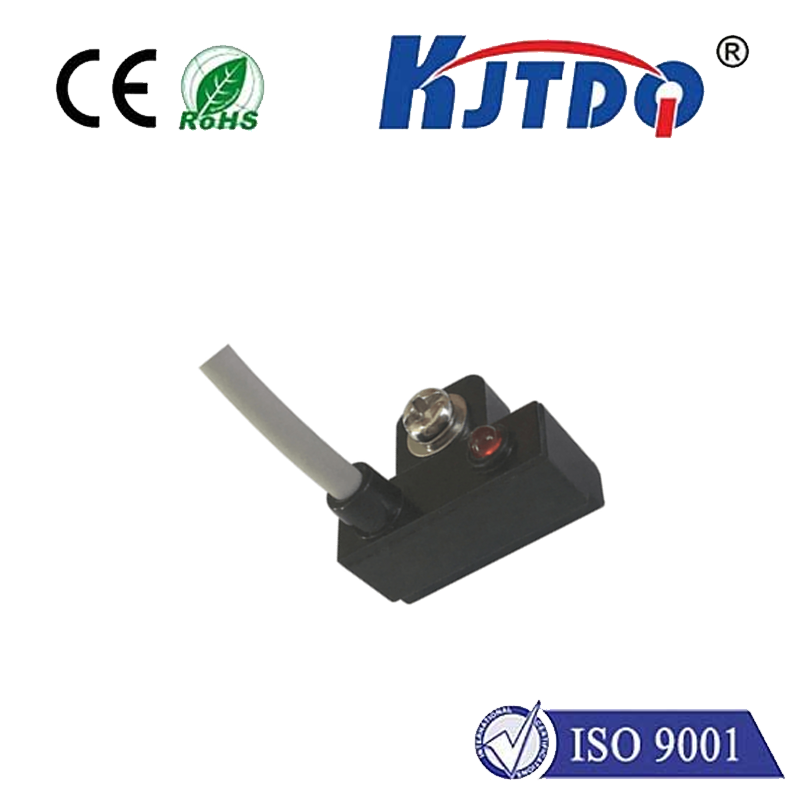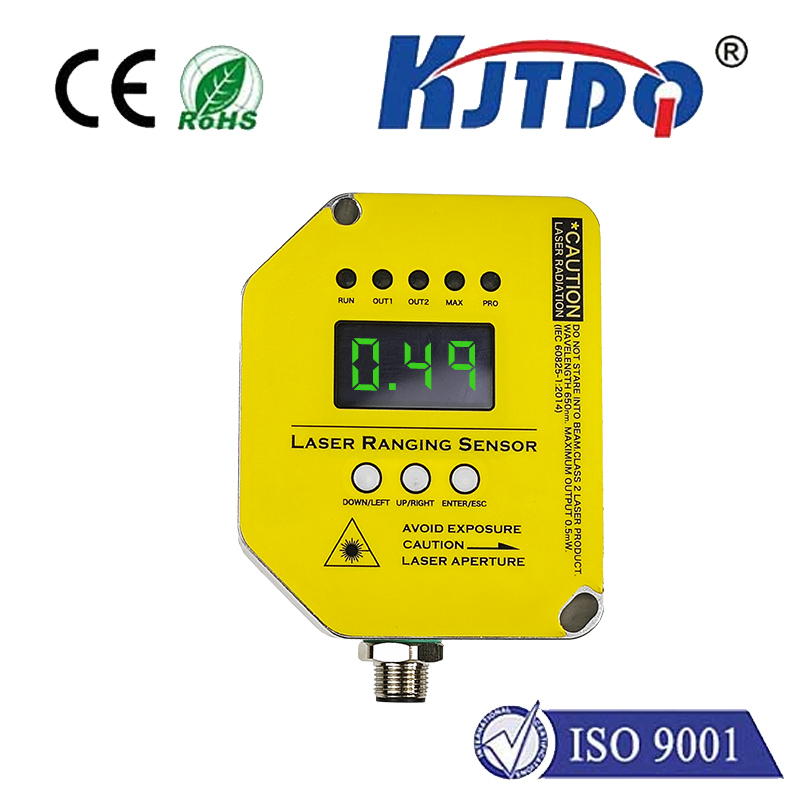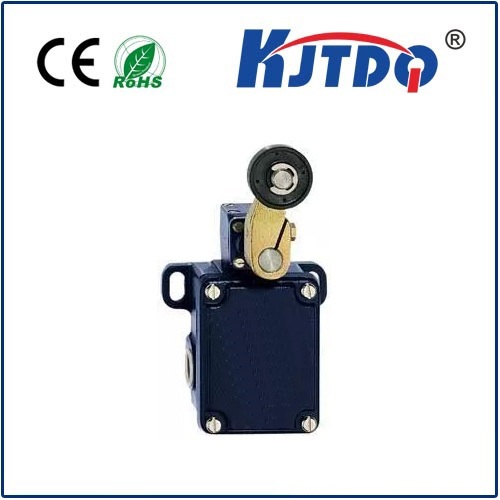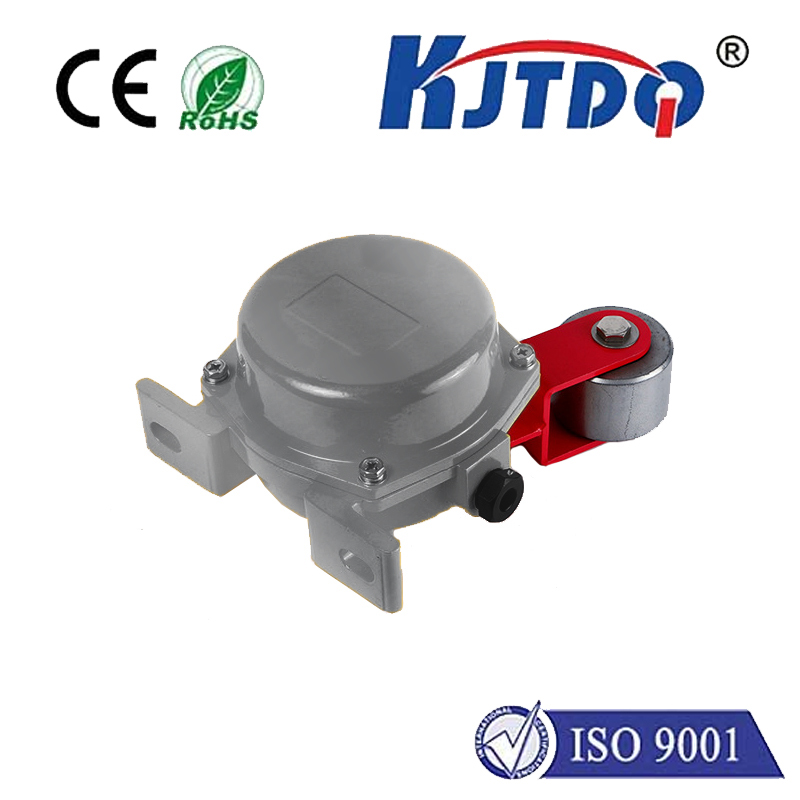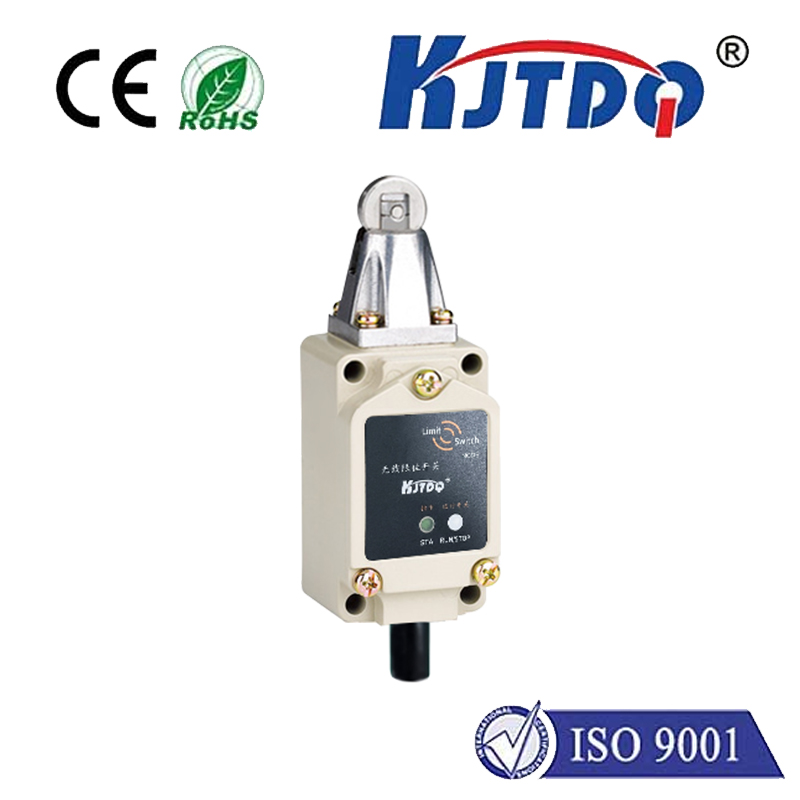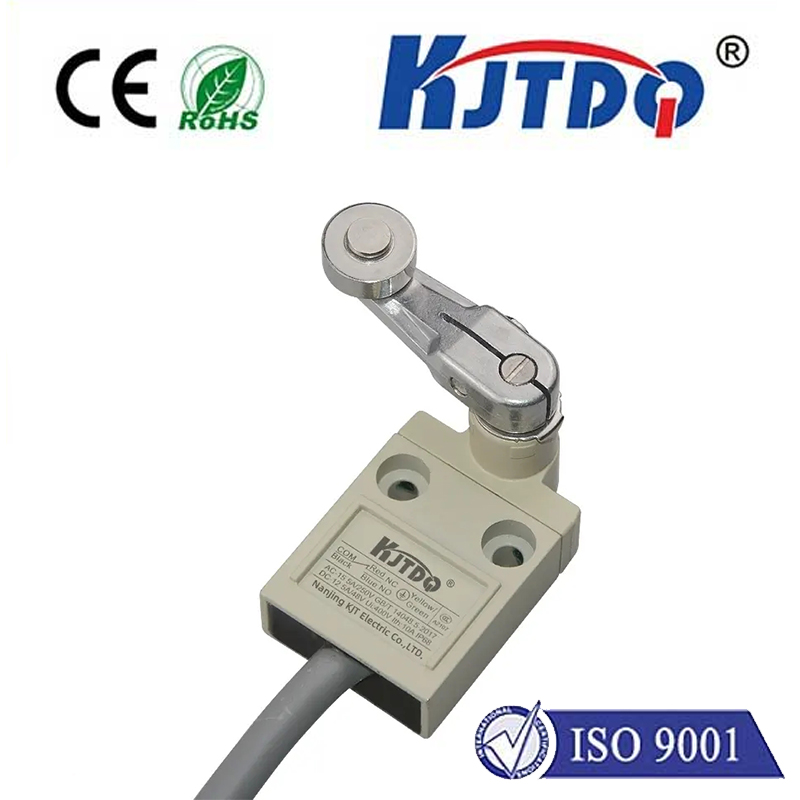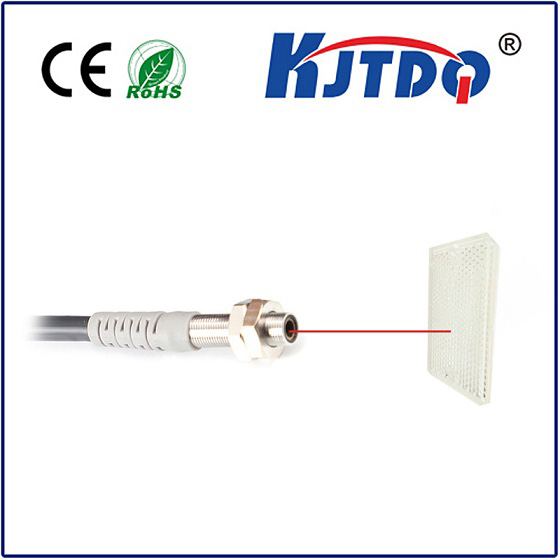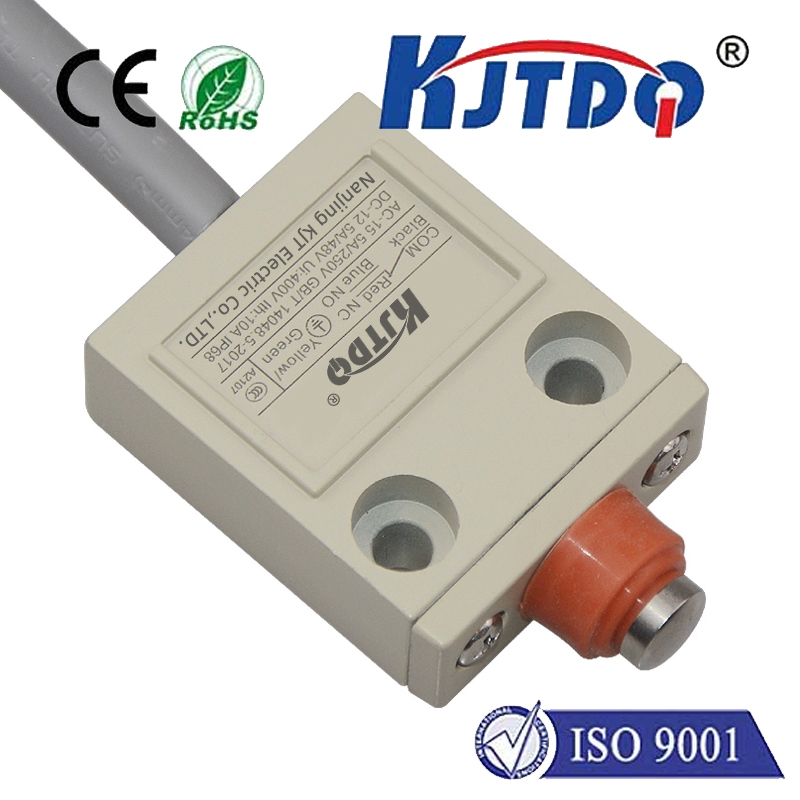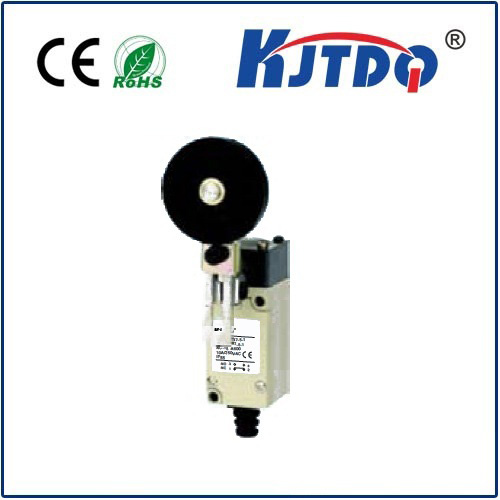windsor limit switch
- time:2025-08-08 02:56:38
- Click:0
Windsor Limit Switch: The Unsung Guardian of Your Floor Scrubber’s Performance
Ever had that sinking feeling when your Windsor floor scrubber suddenly stops dead, refusing to lower the squeegee or deploy the scrub deck? Or maybe it just won’t start a cleaning cycle at all? Before frustration sets in and calls to the service department escalate, there’s a critical yet often overlooked component worth checking: the Windsor limit switch (or often, switches). These small, unassuming sensors play a colossal role in the safe and efficient operation of your Windsor cleaning machine, acting as vigilant watchdogs for crucial machine positions. Understanding their function, importance, and signs of failure is key to minimizing Windsor floor scrubber downtime and maintaining peak performance.
What Exactly is a Windsor Limit Switch?
At its core, a limit switch is an electromechanical switch operated by the physical motion of a machine part. Think of it as a highly specialized on/off button triggered not by a finger, but by the movement of the machine itself. In the context of Windsor scrubbers and sweepers, these switches are strategically positioned to detect when specific components – most commonly the squeegee lift assembly and the scrub deck assembly – reach their designated “home” or fully deployed positions.
For example:
- Squeegee Lift Limit Switch: This switch is activated when the squeegee is fully raised or fully lowered. It tells the machine’s control system the exact status of the squeegee.
- Scrub Deck Lift Limit Switch: Similarly, this switch detects when the deck is fully retracted (up) or fully lowered onto the floor for cleaning.
The Critical Role: Safety, Control, and Efficiency

Why are these little switches so vital? Their functions are fundamental:
- Safety Interlocks: This is paramount. Limit switches act as a primary safety feature. They prevent the machine from operating if critical components aren’t in the correct position. For instance, most Windsor scrubbers will not allow the scrub motors to engage unless the scrub deck is confirmed to be in the fully raised position. This prevents accidental activation while someone might be servicing the machine or if the deck is jammed. Similarly, knowing the squeegee is raised safely prevents dragging and potential damage during transport. They are a failsafe against unsafe operation.
- Cycle Initiation/Control: Limit switches provide the essential position feedback needed for the machine’s logic to execute cleaning cycles correctly. The controller needs to know that the deck is fully down before starting the scrub motors and solution flow, and that the squeegee is fully down for effective recovery. Without this confirmation, the cycle simply won’t start or may behave erratically.
- Component Protection: By ensuring components only move within their designed range and by enabling safety interlocks, limit switches protect expensive Windsor parts like motors, gears, linkages, and deck assemblies from damage due to over-travel, collisions, or operating under strain.
- Reliable Operation: Properly functioning limit switches are fundamental to the consistent and reliable performance users expect from Windsor commercial cleaning equipment. They are integral to the machine’s automated functions.
Recognizing the Warning Signs: When a Windsor Limit Switch Fails
Like any mechanical component, limit switches can wear out or fail. Common signs indicating a potential faulty Windsor limit switch include:
- Machine Refuses to Start Cleaning Cycle: The scrub or sweep functions simply won’t activate, even after selecting a mode and pulling the lever. The control system isn’t getting the “all clear” signal from the limit switch(es).
- Intermittent Operation: The machine might work sporadically or only after jiggling levers or components – suggesting a loose connection or worn switch contacts.
- Specific Function Failure: The squeegee won’t lower/raise, or the scrub deck won’t deploy/retract, even if other functions seem okay. Often accompanied by error codes related to lift systems on newer models.
- Strange Noises During Lifting/Lowering: Grinding or straining noises could indicate the machine is trying to move beyond its intended range because the limit switch isn’t signaling “stop.”
- Component Stuck or Over-Traveling: A failed switch might not stop a motor at the correct point, leading to physical jamming or components moving too far.
The Perils of Ignoring Failure
Neglecting a malfunctioning Windsor limit switch isn’t an option. The consequences go beyond mere inconvenience:
- Increased Downtime: The machine is effectively unusable for its intended task until the switch is addressed.
- Costly Secondary Damage: A switch failing to stop deck or squeegee movement can lead to bent linkages, stripped gears, damaged motors, or broken mounting points. Repair costs skyrocket.
- Safety Hazards: A compromised safety interlock creates a genuine risk of injury to operators or bystanders if components move unexpectedly.
- Reduced Machine Lifespan: Stress on other components due to missing position limits accelerates overall wear and tear.
Maintenance and Replacement: Keeping the Guardians Vigilant
While robust, limit switches require some attention:
- Visual Inspection: Periodically check switches for obvious physical damage, loose wires, or excessive build-up of grime or debris that could impede their actuator arm from moving freely.
- Cleaning: Carefully clean around the switch and its actuator mechanism. Avoid direct high-pressure water jets directly onto switches.
- Operational Check: Observe the machine during lifting and lowering sequences. Does the movement stop crisply at the top and bottom? Are there any hesitations or unusual sounds?
- Professional Diagnosis: When symptoms arise, consult your Windsor service manual or a qualified technician. They can test switch continuity and operation accurately using a multimeter.
Replacing a Windsor Limit Switch: (General Guidance)
- Identify: Locate the specific switch based on symptoms and the machine’s service documentation. Windsor parts diagrams are essential. (Keywords: Windsor parts, Windsor parts diagram).
- Disconnect Power: Always disconnect the main battery power before working on electrical components!
- Access: Remove any necessary covers or panels.
- Disconnect Wiring: Note the wire positions (taking pictures helps!).
- Remove Mounting Hardware: Unscrew/unclip the old switch.
- Install New Switch: Position the new Windsor limit switch precisely and secure it.
- Reconnect Wiring: Ensure connections are tight and correct.
- Test: Reconnect power and thoroughly test the operation of the deck, squeegee, and cleaning functions. Ensure safety interlocks are working (e.g., deck motors shouldn’t run when deck is up).
Conclusion: Small Part, Monumental Impact
Don’t underestimate the Windsor limit switch. These small sensors are fundamental to the safety, reliability, and longevity of your valuable Windsor floor cleaning equipment. By understanding their purpose, recognizing failure signs early, and performing basic maintenance or prompt replacement using genuine Windsor parts, you ensure your machine operates as intended, minimizing costly downtime and maximizing its productivity lifespan. They are truly the unsung guardians working silently in the background to keep your Windsor scrubber or sweeper running smoothly.







